For Free Estimate Call 952-831-1433
Interior •
Exterior •
Commercial •
Residential
Confidence in Every Coat.
Projects
Everyone has unique painting problems to solve and we can handle them all.
See how we've solved problems for our clients.
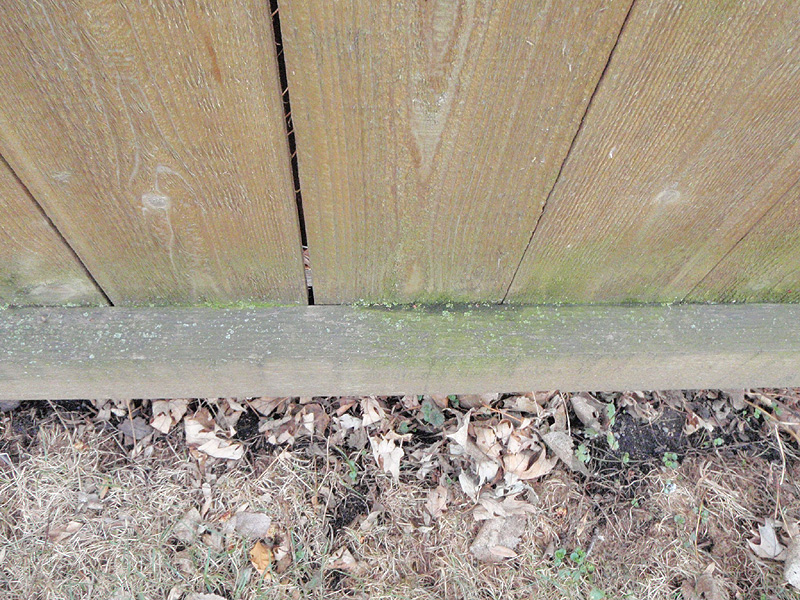 |
Removing algae from woodIt is extremely important to remove all algae from wood before putting on a new coat of stain. While the stain seals the wood and keep moisture from seeping into it, it also traps moisture already in the wood. It is imperative to remove the algae and allow the wood to completely dry before applying stain. If algae or moisture is in the wood when it is stained the wood will be susceptible to rotting from within. |
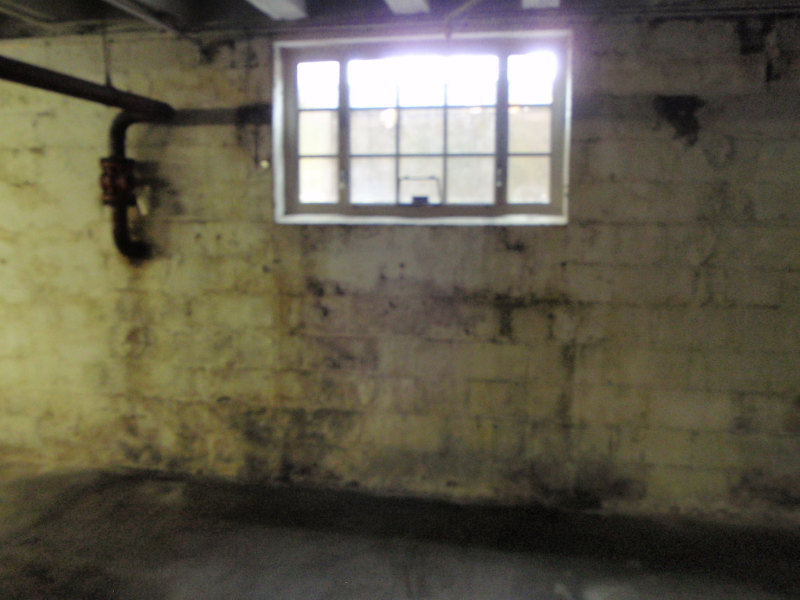 |
Surface needs cleaningAs you may have heard, before painting, a surface must be clean, dry and dull. As you can see in this picture we have a lot of all three of those problems, the first one of them is clean. In order to clean this wall, you must use a strong mildew, algae and mold chemical. Usually you can use TSP (Tri-Sodium-Phosphate) but in this case old-fashioned bleach can be used. You can apply it with a sponge and then hand- or power-wash it off. The problem with this wall in particular is that the wall is so fragile that power washing may damage the wall. It is important to treat each surface for each project differently to ensure a long-lasting paint system. |
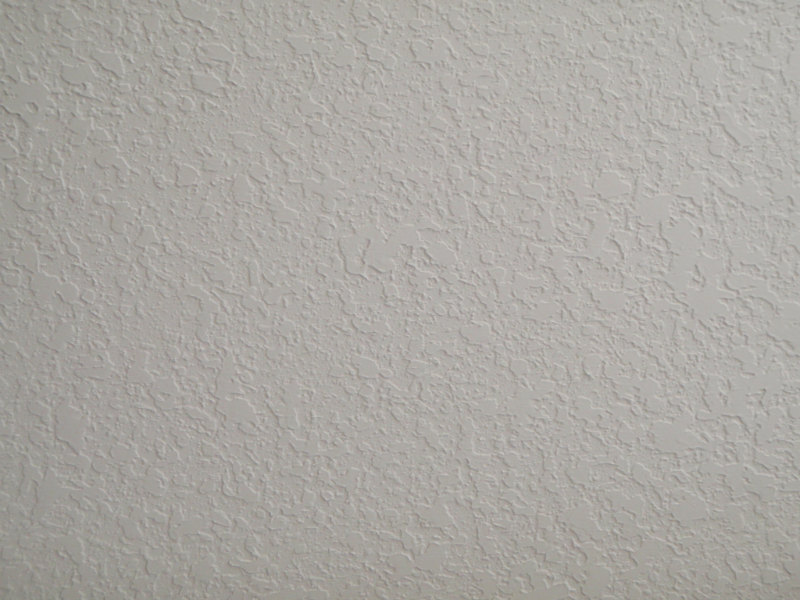 |
Popcorn TextureThis is an example of knock-down texture. Similar to Popcorn texture, it is applied by using an air compressor and a texture-hopper machine. The material is a specific type of drywall mud that you add water and air to in the correct amounts before shooting it onto the surface. Popcorn gets shot onto the surface and you leave it there. However, knock down texture goes on heavier and you let it start to tack up or dry. Then you take a large trowel and "knock down" the excess texture leaving the look that you desire. |
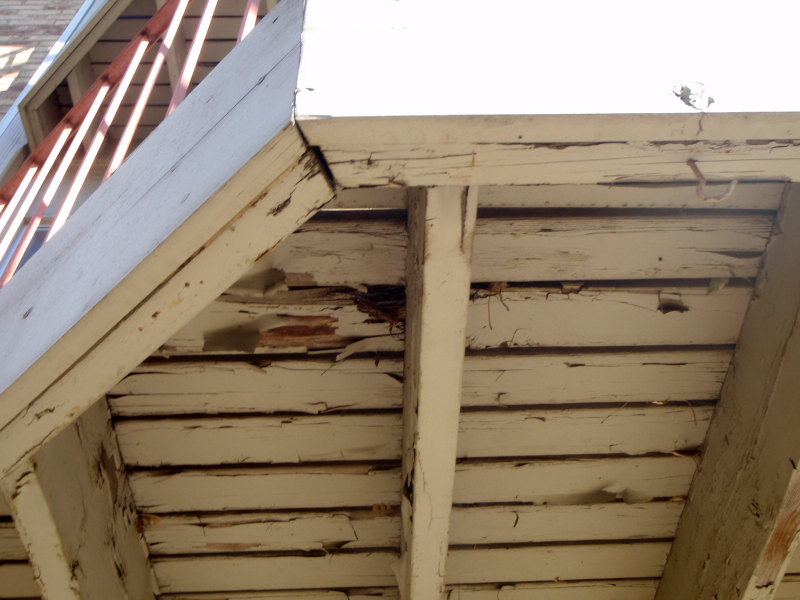 |
Painting the underside of a deckAs a rule of thumb, we never recommend painting or staining the underside of a deck. It traps moisture and can lead to algae growth or peeling paint. Eventually if you trap enough moisture the boards will rot. It may look bad without painting but in the aftermath it will look a lot worse. |
 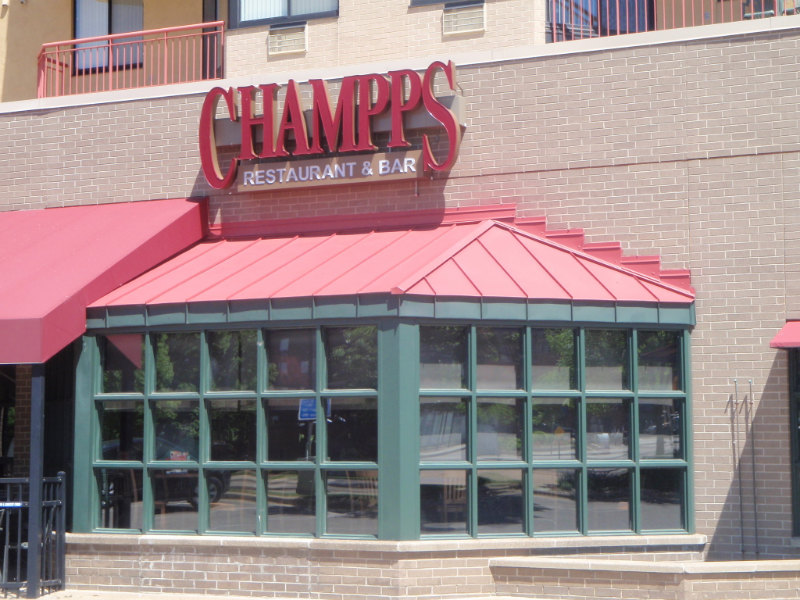 |
Thin coats for metal work bestMetal is a real challenge. Because metal is smooth and generally there is nothing for the paint to “bite” to, it is hard to get adhesion. It is imperative to use the correct primer and/or paint (depending on the type of metal and previous coats of paint). Then use multiple thin coats of paint, whether rolled or sprayed, versus using a thicker one-coat cover. |






